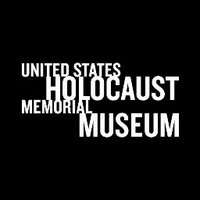
US Holocaust Museum
@holocaustmuseum
The United States Holocaust Memorial Museum inspires citizens and leaders to confront antisemitism and hatred, #PreventGenocide, and promote human dignity.
ID: 8487622
http://www.ushmm.org/tw 28-08-2007 15:18:03
28,28K Tweet
434,434K Followers
2,2K Following

































